Addendum to my post last week criticizing Scalia’s characterization of the state of sociological research on the question of the impact of gay and lesbian parents on child development:
Phil Cohen (and others, in both public comments and private communications) point out that Scalia didn’t just miss the ASA brief or make up his claim that there is “no clear answer” among sociologists on the matter. Rather, it would appear that he got the line from reading another brief on parenting submitted by sociologist Mark Regenerus and his colleagues that explicitly and directly countered the organizational consensus account. (See Cohen’s account.)
So is Scalia off the hook? Not quite that easy. For one thing, Regenerus’s brief is based on a highly controversial paper published in the journal Social Science Research about a year ago. (To say that that study has been controversial is putting it mildly; just take a look at some of the reactions chronicled previously by Cohen). Setting aside the question of how this piece got published in the first place (a significant matter of speculation and consternation in the field), one wonders if Scalia read the paper, or subsequent commentary about it—much less really parsed through the research on both sides of the issue. And even if some of the findings hold more water than most sociologists will allow, there seems little ground to warrant the larger societal implications that Regenerus imputes.
I won’t get into the specifics further, except to paraphrase Cohen’s summary: So what we have here is one sociologist (or one sociologist and his collaborators) denying the scholarly consensus which Scalia takes to mean there is no consensus. “Just like with evolution and climate change,” as Cohen puts it. I guess there are folks scientists who still think the earth is flat or that gravity isn’t really real either.

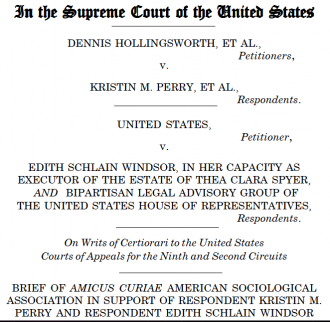
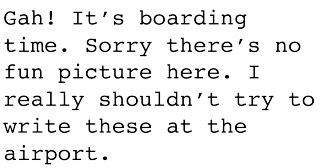
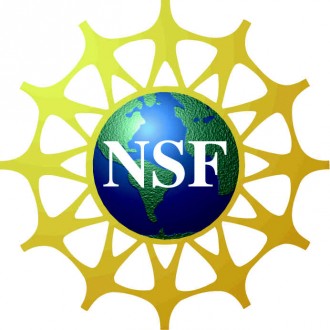
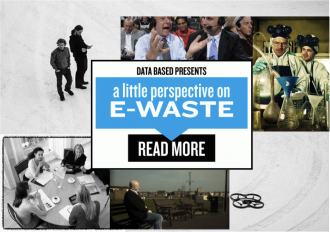
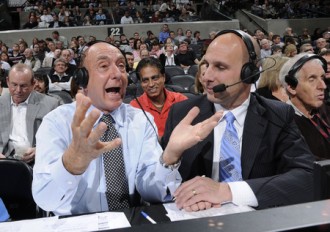

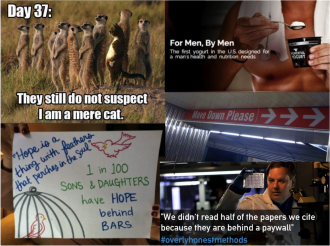
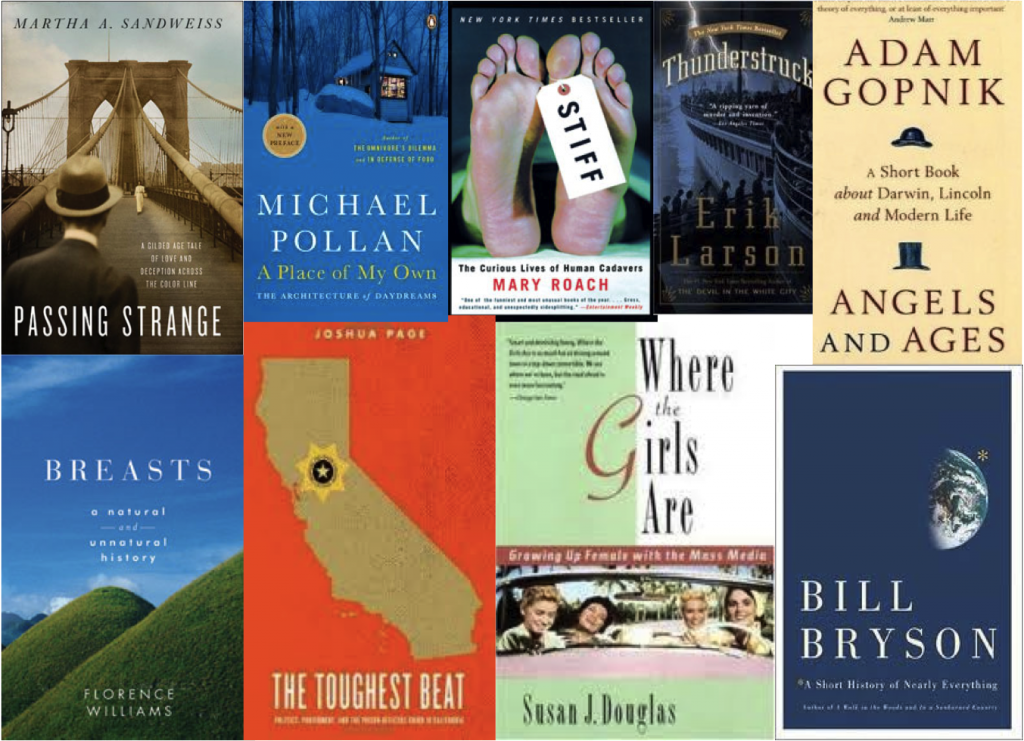 Read Widely
Read Widely